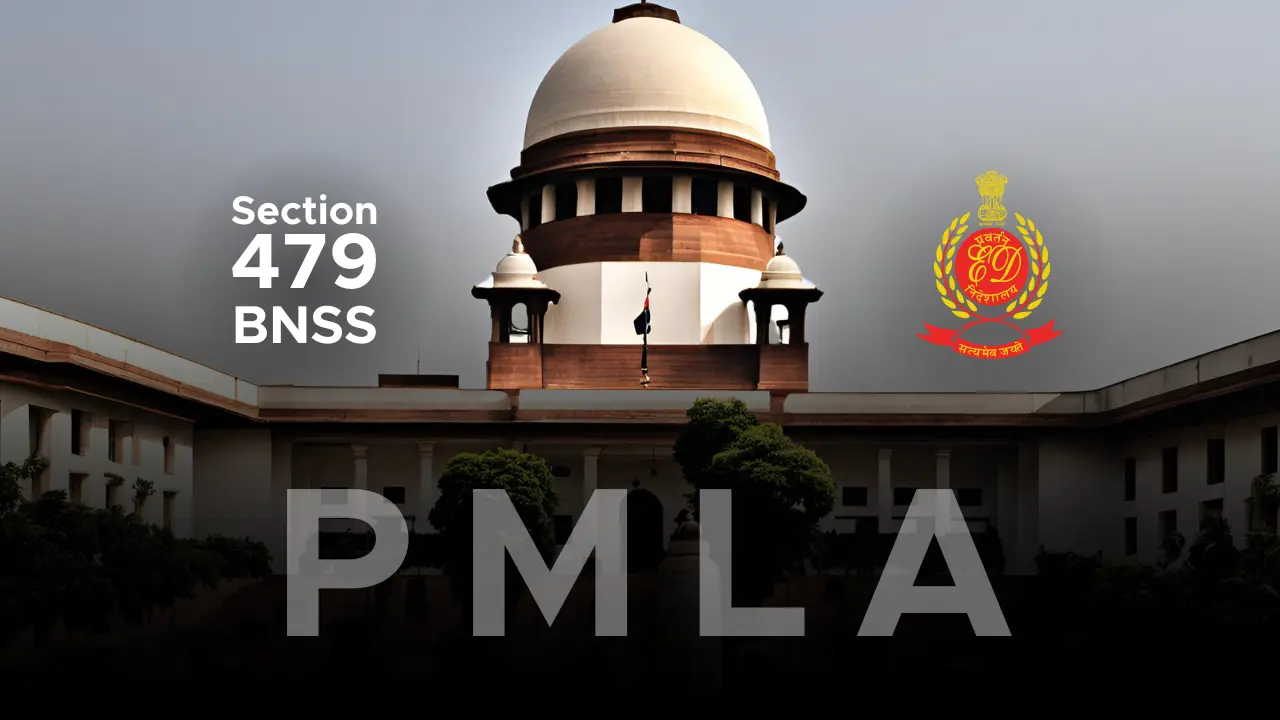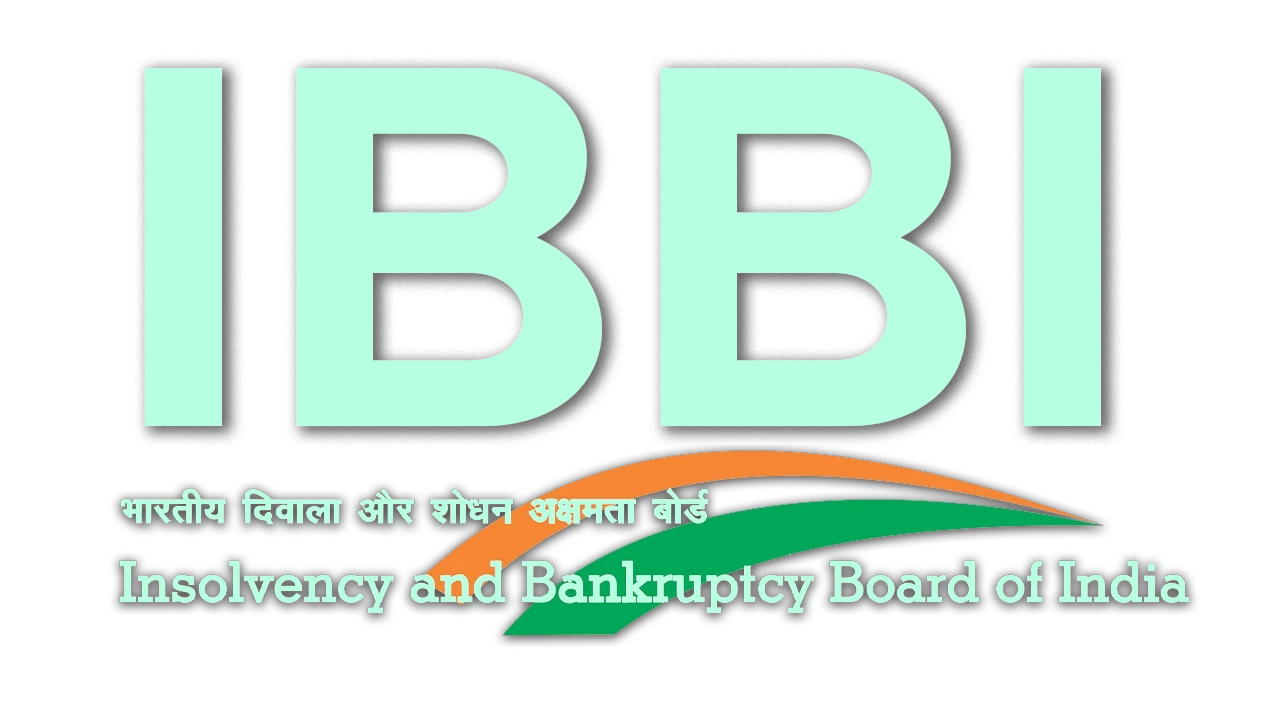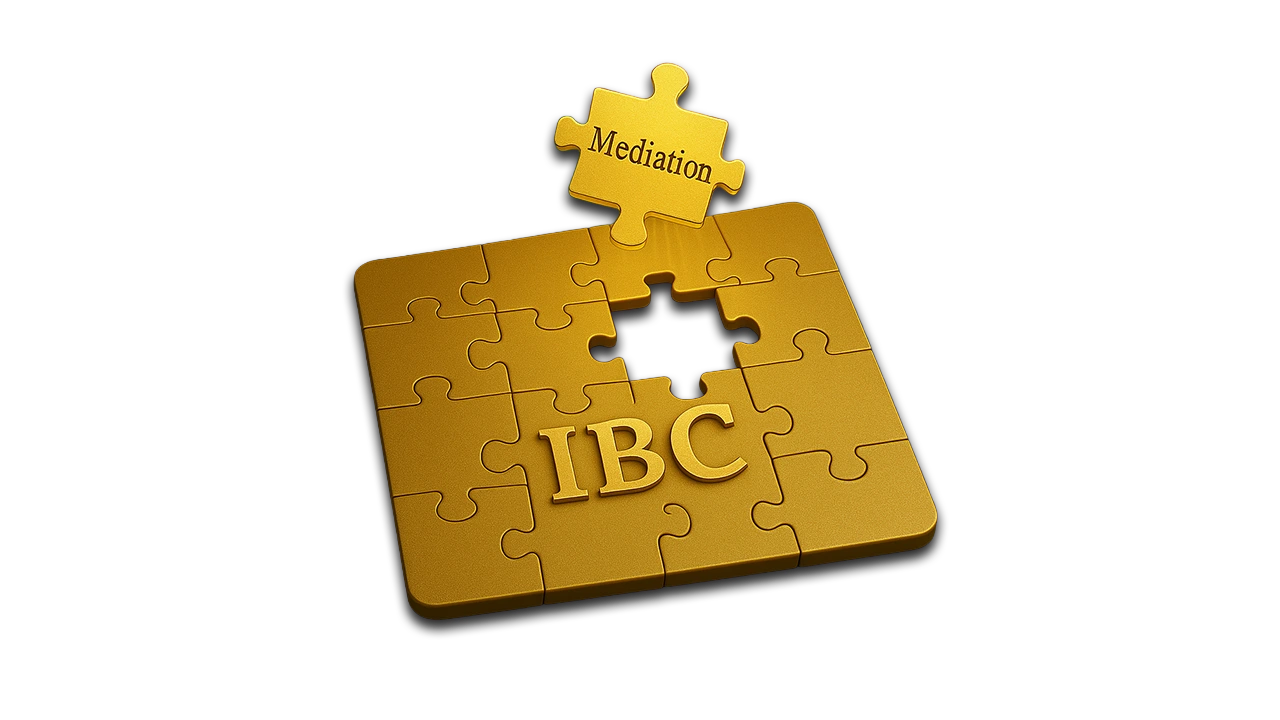The Supreme Court bench of Justices Abhay Oka and Augustine George Masih in Badshah Majid Malik Vs Directorate Of Enforcement & Ors[1] has held that section 479 of the BNSS would also apply to persons charged under the provisions of the PMLA.
It was held that section 436A, which corresponds to section 479 of the BNSS, was introduced after the PMLA was enacted; therefore the benefit of this provision cannot be denied to persons prosecuted under the PMLA.
Section 436A Cr.P.C.
Section 436A of the CrPC states that an accused who has undergone half of the maximum punishment prescribed for the offense with which he is charged shall be released on bail. The primary purpose behind incorporating this provision into the statute was to address the issue of overcrowded prisons and delayed trials which often resulted in accused individuals spending more time in detention than they would have served if convicted. This provision helps safeguard the personal liberty of the undertrial prisoners under Article 21 of the Indian Constitution and uphold the cardinal principle of criminal jurisprudence that bail is the rule and jail is the exception.
Section 479 BNSS
Now section 479 of the BNSS has replaced the above provision of the CrPC. Section 479 further provides additional safeguard for undertrial prisoners. In accordance with Section 479 of the BNSS, if an accused, during the period of investigation/inquiry/trial, undergoes one-half of the maximum period of imprisonment specified for the offence, he is entitled to bail. However, Section 479 of the BNSS is not without qualifications. In accordance with Section 479 of the BNSS, for any offence for which the punishment of death or life imprisonment is specified as one of the punishments, Section 479 of the BNSS would not apply. It is however pertinent to mention that the proviso to Section 479 of the BNSS provides that when the accused is a first-time offender, the accused shall be released on bond if the accused undergoes detention for a period extending up to one-third of the maximum period of imprisonment specified for such offence.
The law was settled when it comes to the application of section 436A of the CrPC to the PMLA. However, the question was whether corresponding section 479 of the BNSS with added layer of protection would continue to be applicable to the prosecution under the PMLA.
Whether Section 479 BNSS Applicable To Prosecution Under PMLA
The court while answering the above question held that “It has been observed that in the case of Vijay Madanlal Chaudhary vs. Union of India, that the beneficial provision of Section 436A of the Code of Criminal Procedure, 1973, (for short, ‘the Cr.P.C.’)may apply to prosecution under the Prevention of Money-Laundering Act, 2002 (for short, ‘the PMLA’) as Section 436A has come on statute book subsequent to enactment of the PMLA. Therefore, a corresponding provision of Section 479(1) of Bharatiya Nagarik Suraksha Sanhita, 2023 (for short, ‘the BNSS’) will apply to prosecution under the PMLA.”
Whether Section 479 BNSS Is Retrospective Or Prospective In Nature
The next issue that arises for consideration is whether section 479 of the BNSS is retrospective or prospective in nature, as this section came into force on July 1, 2024. If it is held to be retrospective in nature, all accused who have undergone one third of the maximum punishment and are the first time offenders shall be be released on bail even if cases were registered against them before July 1, 2024.
The Supreme Court in Re-Inhuman Conditions In 1382[2] Prisons after seeking response on this question from the government held that this section is retrospective in nature and directed immediate implementation of Section 479 of the BNSS by calling upon Superintendents of Jails across the country wherever accused persons are detained as undertrials, to process their applications to the courts concerned upon their completion of one-half/one-third, as the case may be, of the period mentioned in sub-section (1) of the said provision, for their release on bail. This step will go a long way in easing overcrowding in jails which is the primary focus of this Court in the present petition.
This clarification coming from the top court itself will be beneficial for the accused persons who are charged under the PMLA.
Conclusion
Securing bail under the special legislations like PMLA is almost impossible because of the twin conditions specified under section 45 of the PMLA. These conditions are: public prosecutor must be given an opportunity of being heard, and the court must arrive at a prima facie conclusion that the accused is not guilty and that the accused shall not commit offence of the same nature if released on bail. Once these conditions are satisfied, the accused shall be released on bail.
Given this backdrop, this ruling assumes importance as it ensures that undertrial prisoners who remain behind bars for an extended period without trial being conducted on time will at least be able to step out of prison after spending one third of the maximum imprisonment prescribed for that offence.
[1] Crl.A. No. 4258/2024
[2] WP (Civil) No. 406 of 2013






